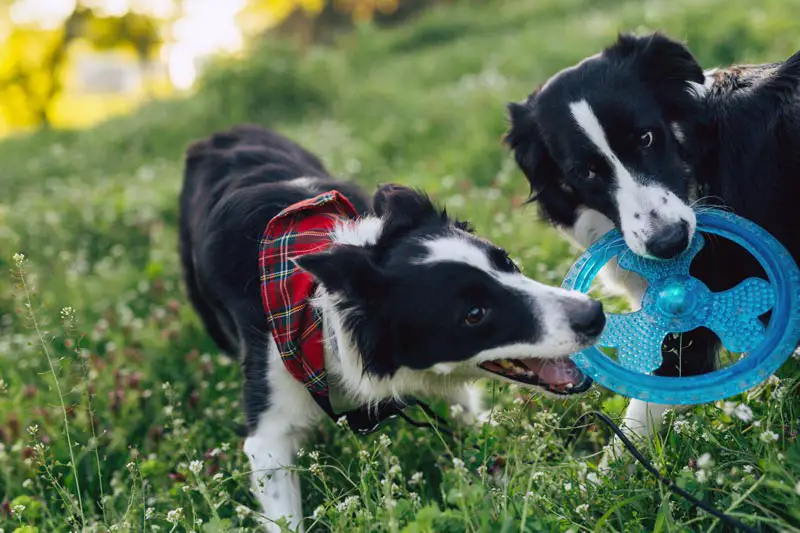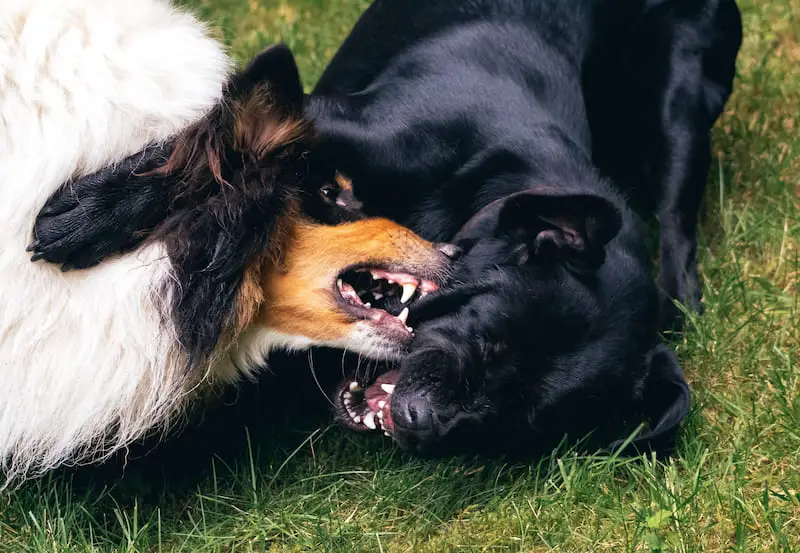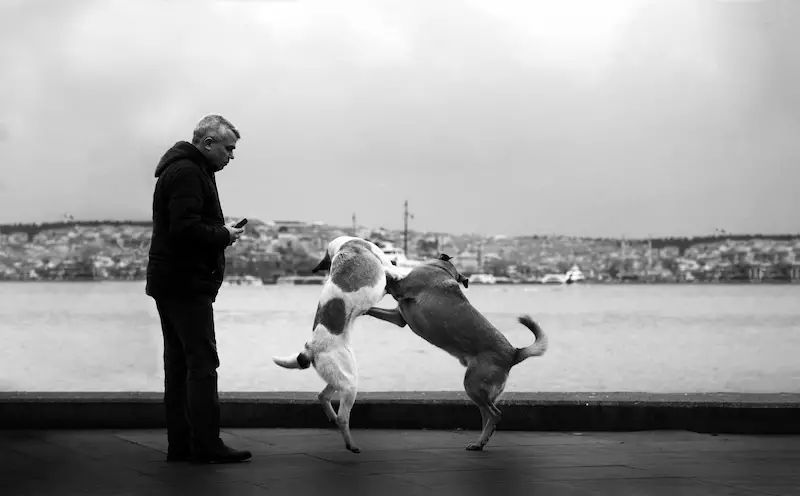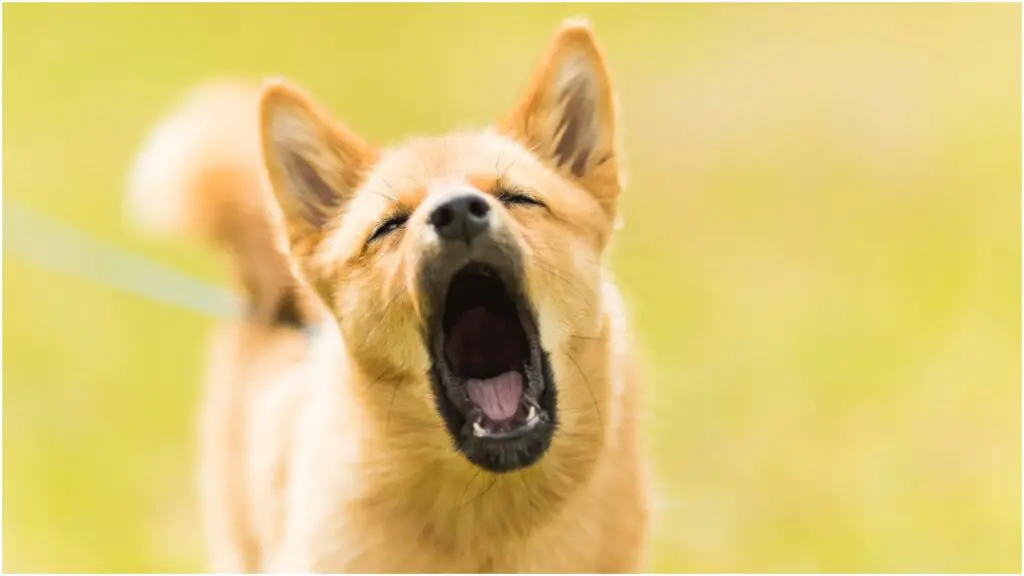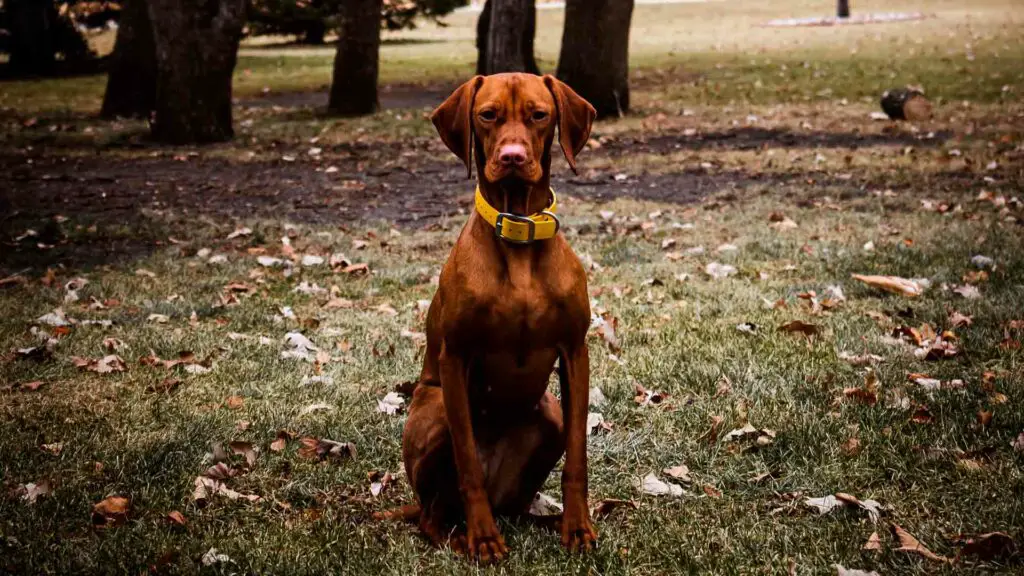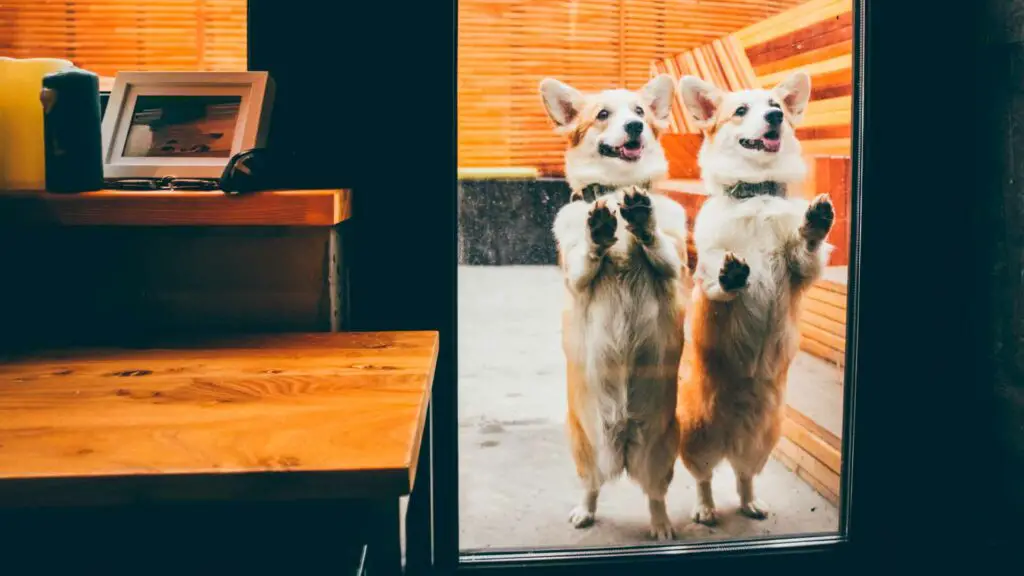As dog owners, you may be tempted to scold and shout at your dog after an aggressive encounter with another dog. As experienced dog trainers, let us give you a heads up that this is the last thing you want to do. What you must strive for is inculcating a sense of discipline in your pet.
Training them to be disciplined means you control how they behave, and only the owner gets to be dominant around the pup and no one else. So the question to be asked is, “How to instill discipline after a fight has occurred?”
This is what we will be exactly discussing in this article. We will share with you expert insights on ways to identify if a dog fight is serious, the things to avoid during a fight, as well as socialization of dogs post the duel.
We have a lot of ground to cover. So, let’s get straight to it.




